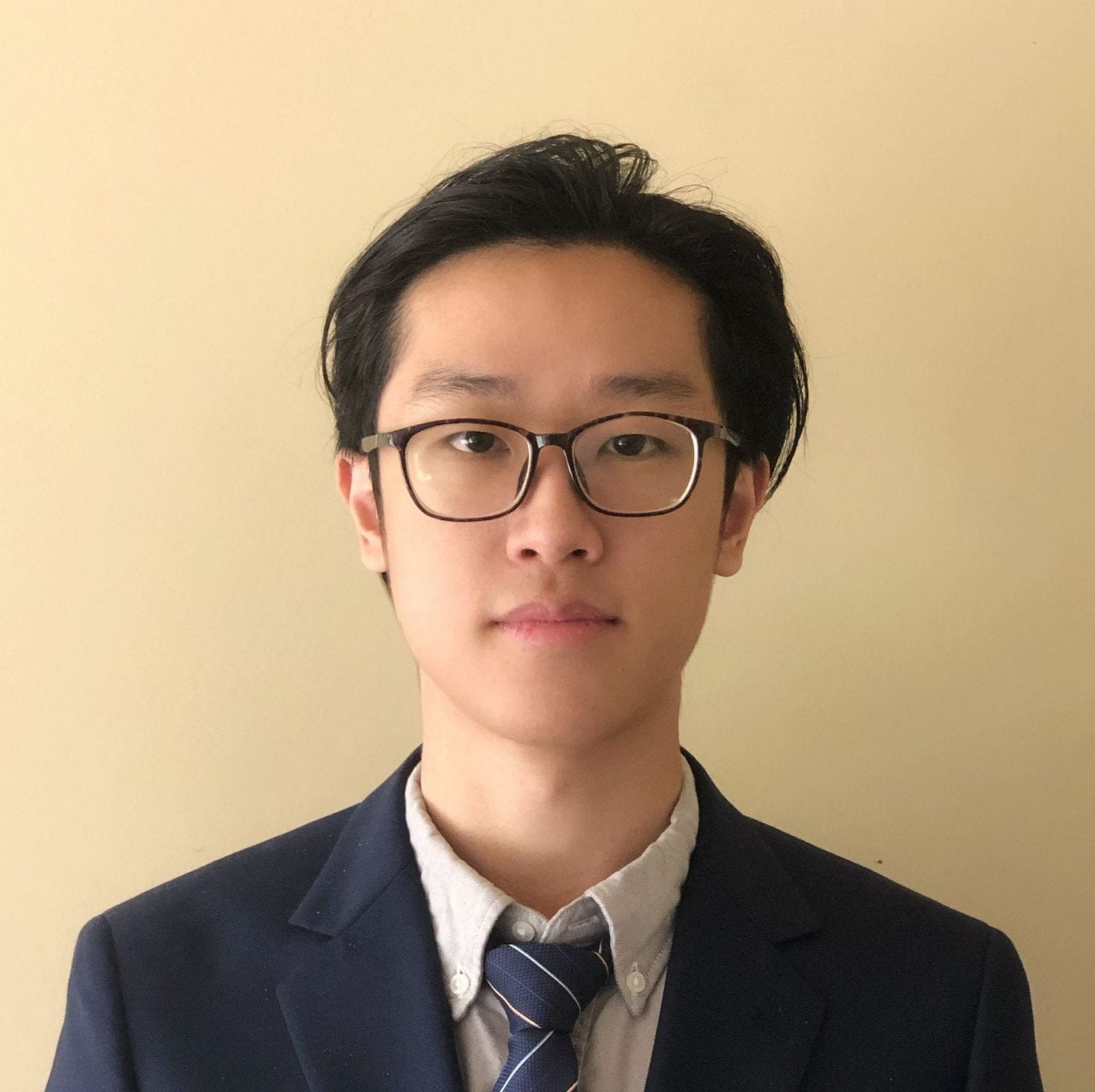AI-Guided Coarse-Graining for More Efficient Modeling (Dec. 2020 ~ Present)
AI Meets HPC: Online Learning and Supercomputing for Modeling Deformable Biological Cells (March 2020 ~ Nov. 2020)
Simulation-Driven Discovery for Knowledgebase of (3+1)-Dimensional Digital Cells (Dec. 2019 ~ Present)
Rapid Analysis of Streaming Platelet Images by Semi-unsupervised Learning (Aug. 2018 ~ Nov. 2019)
Research on Single Image Crowd Counting and Vehicle Counting via Multi-Column Convolutional Neural Network (Nov. 2017-May. 2018)
Completely Random Measures and Their Uses in Probability and Statistical Theory (Feb. 2017-Oct. 2017)
AI-Guided Coarse-Graining for More Efficient Modeling
Dec. 2020 ~ Present
Supervisors: Prof. Yuefan Deng, Dr. Peng Zhang
Applied Math and Statistics Department, Stony Brook University
• Supported by the SUNY-IBM consortium. Leveraging on technologies in HPC and AI, we develop coarse-grained models efficiently to help accelerate the conventional molecular dynamics.
• Propose a general methodology framework that could be used in SARS-COV-2 spike glycoprotein, fibrinogen, receptors ligands etc., to tackle applications with life-and-death significance
AI Meets HPC: Online Learning and Supercomputing for Modeling Deformable Biological Cells
March 2020 ~ Nov. 2020
Supervisors: Prof. Yuefan Deng, Dr. Peng Zhang
Applied Math and Statistics Department, Stony Brook University
• Joint work with IBM TJ Watson Center to explore the future computing architecture for synergistically integrating HPC with AI and accelerating the knowledge discovery of natural sciences.
• Generalized the century-old physics theory and developed a biomechanics-informed online learning framework to extract and learn cell dynamics, with ground truth from LAMMPS simulations. This framework helps speed up the top-scale simulations and enables the description of complex systems in Biomedicine.
Simulation-Driven Discovery for Knowledgebase of (3+1)-Dimensional Digital Cells
Dec. 2019 ~ Present
Supervisors: Prof. Yuefan Deng, Dr. Peng Zhang
Applied Math and Statistics Department, Stony Brook University
• Ph.D. preliminary proposal project, with Dr. James Sexton (IBM fellow) as one of the committees.
• Design a suite of fast and accurate simulation-driven algorithms to build digital cells to assist the study of the cells’ mechanical, physiological and geometrical properties dynamically.
• Construct 4D (3 geometry dimensions + Time) digital platelet model then explore the underlying physics and biomedical science, provide significant V&V data to multi-scale modeling community.
Rapid Analysis of Streaming Platelet Images by Semi-unsupervised Learning
Aug. 2018 ~ Nov. 2019
Supervisors: Prof. Yuefan Deng, Dr. Peng Zhang
Applied Math and Statistics Department, Stony Brook University
• Propose a semi-unsupervised learning system which can handle data with large volume, velocity and variety, in the meantime generate high-quality predictions with attention to important details.
• Reinforce the detailed feature detection ability, and dramatically reduce human intervention to generate reliable synthetic data with a multi-model fusion CNN-based policy network and an auxiliary reward network evaluating, implemented by Python Keras.
Research on Single Image Crowd Counting and Vehicle Counting via Multi-Column Convolutional Neural Network
Nov. 2017-May. 2018
Supervisor: Prof. Zhouwang Yang
School of Mathematical Sciences, USTC
• Refined the structure of a Multi-Column Convolutional Neural Network (MCNN) implemented by Pytorch and perform a series of improvements, including the design of Depth-Field adaptive convolution kernels, etc.
• Developed a single image object counting task solution from crowd counting to vehicle counting problems with higher accuracy compared to other state-of-the-art demographic methods.
Completely Random Measures and Their Uses in Probability and Statistical Theory
Feb. 2017-Oct. 2017
Supervisor: Prof. Lijun Bo
School of Mathematical Sciences, USTC
• Presented the definition of completely random measures and proved the representation theorem.
• Considered completely random measures together with Gaussian process, Poisson process and L´evy measures.
• Proposed compound random measures and considered the use of normalized versions of these random measures as priors in Bayesian nonparametric mixture models.





